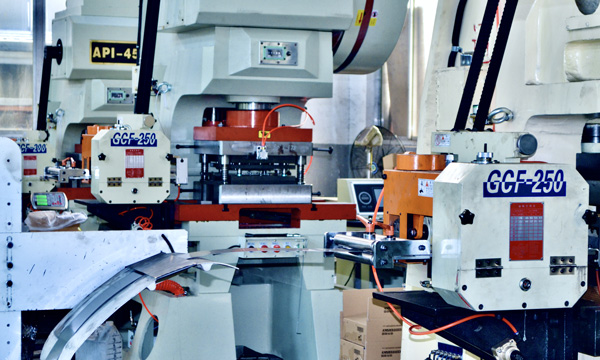Transformer no load operation
Transformer no-load operation is a transformer winding access power, the secondary winding open working conditions. At this point, the current in a primary winding is called the no-load current of the transformer. No-load current produces no-load magnetic field. In the main magnetic field (that is, cross-one, two winding magnetic field) under the action of the first and second winding will induce the electromotive force.
Transformer no-load operation, although the secondary side no power output, but the primary side is still part of the power from the grid to learn part of the active power to compensate for the magnetic flux saturation, the core caused by hysteresis loss and eddy current loss referred to as iron loss. The magnitude of the hysteresis loss depends on the frequency of the power supply and the area of the hysteresis loop of the core material; the eddy current loss is proportional to the square of the maximum flux density and frequency. In addition there is no-load current caused by copper consumption. For different capacity of the transformer, no-load current and no-load loss of the size is different.
measure transformer no – load loss under low voltage
Low voltage measurement of no-load loss, in the manufacturing and operation departments are mainly used for iron core assembly process inspection, as well as accident and overhaul after the inspection test. The main purpose is to check whether there is no metal winding inter-turn short circuit; parallel branch of the number of turns are the same; coil and tap the wiring wiring error; magnetic circuit between the chip insulation and other defects. The voltage applied during the test is usually selected in the range of 5% to 10% of the rated voltage. Low-voltage no-load test, must take into account the impact of instrument loss on the measurement results, and the measured data are mainly used for mutual comparison, converted to the rated voltage error, according to the following formula
P0 = P1 (UN / U1) n (6-4)
Where U1 – the voltage applied when the test; Un – winding rated voltage;
P1 – voltage is U ‘measured when the no-load loss; P0 – equivalent to the rated voltage under no-load loss;
n – index, the value depends on the core silicon steel sheet type, hot rolling take 1.8, cold rolling take 1.9 to 2.
For the general distribution transformer or capacity of 3200kVA below the power transformer
TAGS: transformers,silicon steel sheet, EI lamination, transformer core, magnetic core


